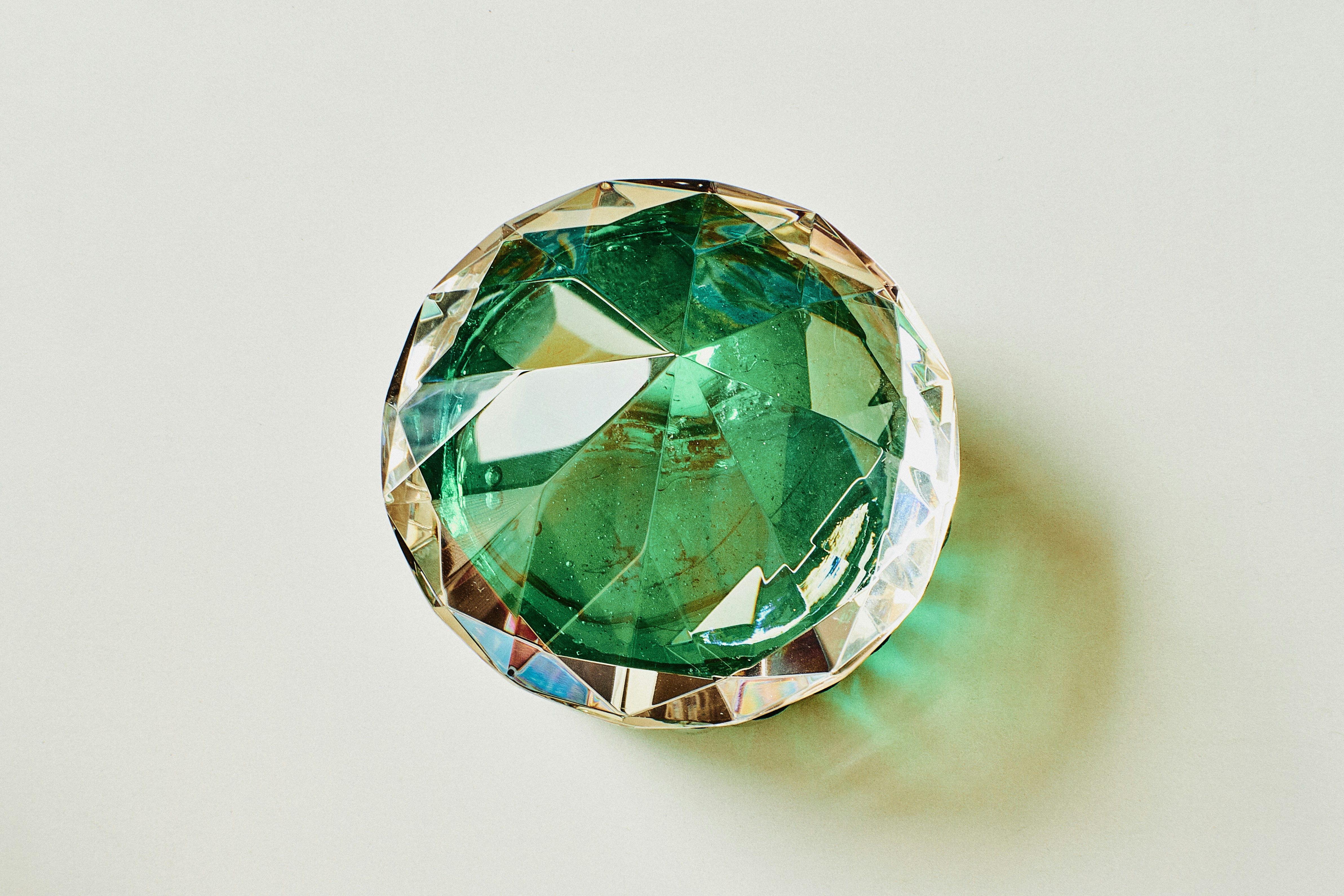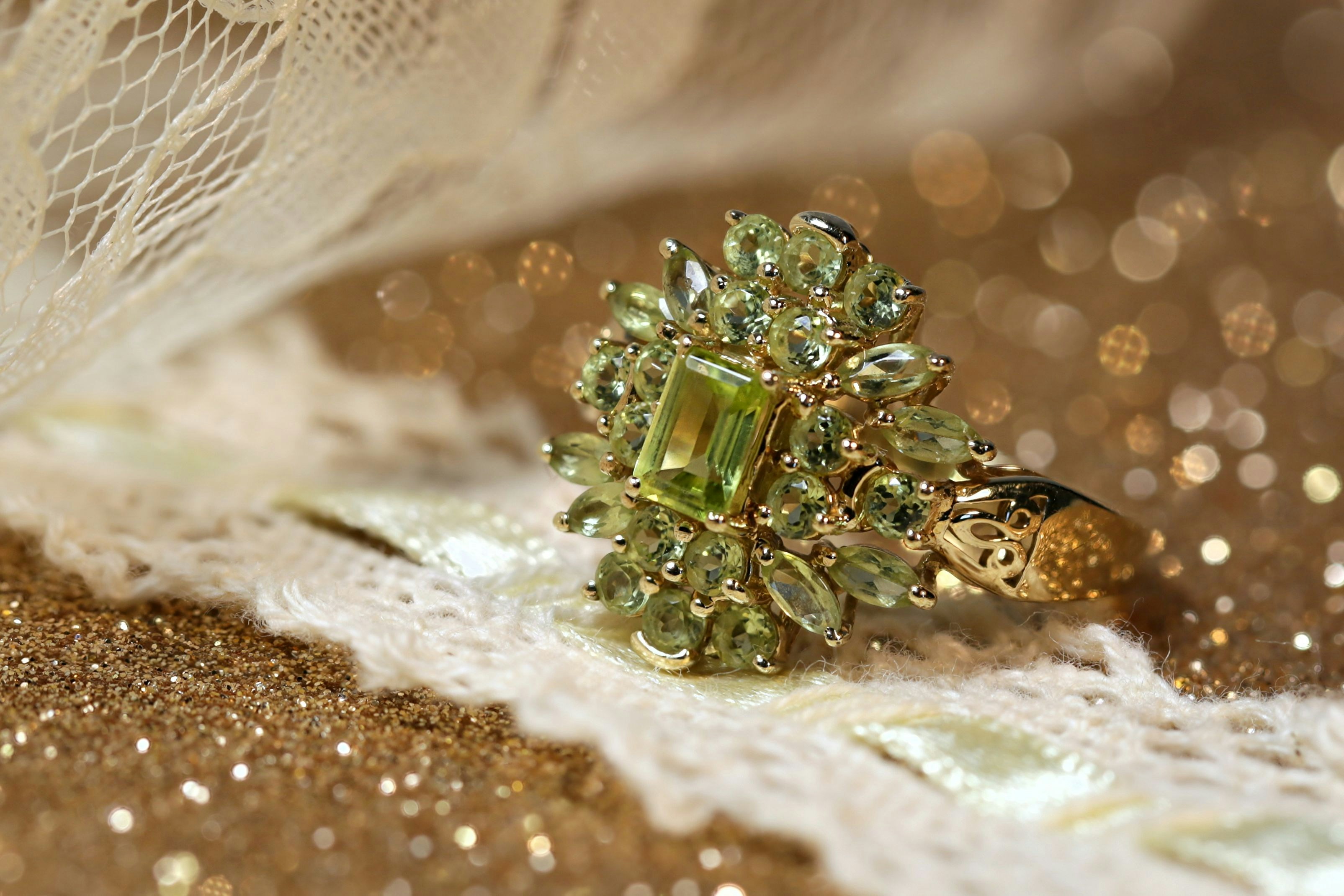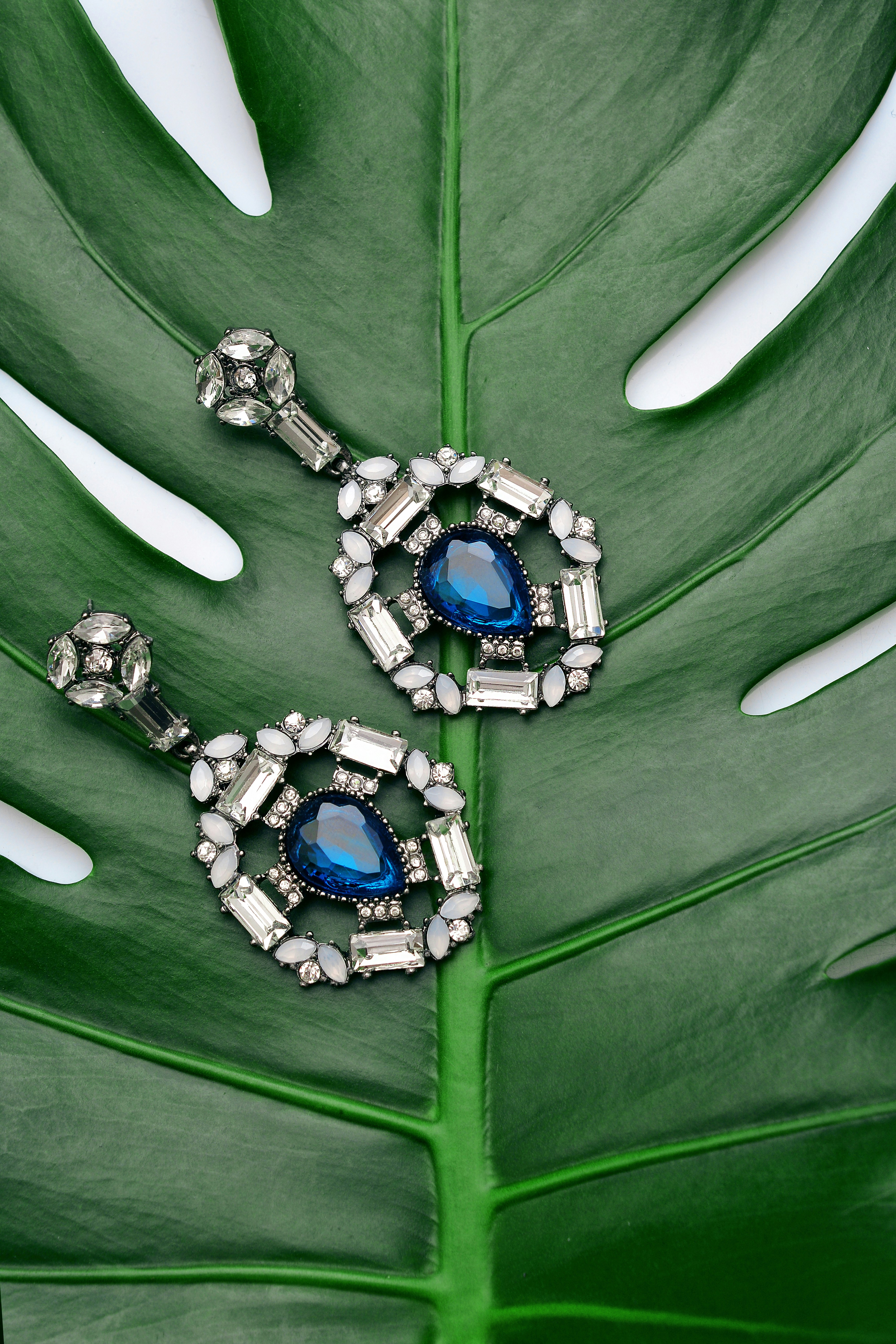Vintage Jade Jewelry Buying Guide
Alexander Kellerson

Introduction to Vintage Jade Jewelry
Vintage jade jewelry holds a unique charm and elegance that transcends time. Renowned for its beautiful green hues and rich cultural history, jade has been a cherished material for centuries. This guide aims to provide you with essential knowledge and tips for buying vintage jade jewelry, ensuring you make informed and valuable purchases.
Understanding the Value of Jade
The value of jade is determined by several factors, including color, texture, translucency, and craftsmanship. Jadeite and nephrite are the two main types of jade, with jadeite often being more valuable due to its rarity and vibrant colors. When evaluating jade, look for a rich, even color, fine texture, and high level of translucency, all of which contribute to its overall worth.
Types of Jade: Nephrite vs. Jadeite
Jadeite and nephrite are the two primary types of jade used in jewelry. Jadeite, known for its vivid green color and rarity, is highly prized and often more expensive. Nephrite, on the other hand, tends to be softer with a creamy, lustrous appearance. Understanding the differences between these types can help you make more informed decisions when purchasing vintage jade jewelry.
Historical Significance of Jade Jewelry
Jade has held significant cultural importance throughout history, particularly in Chinese, Maori, and Mesoamerican civilizations. In ancient China, jade was regarded as the 'Stone of Heaven' and used in various artifacts and jewelry pieces. Its cultural significance and historical usage add to the charm and value of vintage jade jewelry today.
Identifying Genuine Vintage Jade Jewelry
Identifying genuine vintage jade jewelry requires a keen eye and some basic knowledge. Look for signs of aging, such as wear on the surface and slight imperfections. Authentic jade often feels cool to the touch and has a smooth, almost oily texture. Conducting tests, such as the scratch test or density test, can also help verify the authenticity of your vintage jade piece.
Popular Designs and Styles in Vintage Jade Jewelry
Vintage jade jewelry features a variety of designs and styles, from intricate pendants and bangles to elegant rings and earrings. Popular styles often reflect the era in which they were created, such as the bold, geometric designs of the Art Deco period or the delicate, nature-inspired motifs of the Art Nouveau era. Understanding these styles can enhance your appreciation and selection of vintage jade pieces.
Tips for Buying Vintage Jade Jewelry Online
When buying vintage jade jewelry online, it's crucial to research the seller and read customer reviews to ensure authenticity and quality. Look for detailed product descriptions and clear photographs that show the piece from multiple angles. Additionally, make sure the seller has a fair return policy in case the item does not meet your expectations.
Caring for Your Vintage Jade Jewelry
Proper care and maintenance are essential to preserving the beauty and value of your vintage jade jewelry. Clean your jade pieces with a soft cloth and mild soap, avoiding harsh chemicals that can damage the stone. Store your jewelry in a cool, dry place, ideally in a soft pouch or lined box to prevent scratches and other damage.
Where to Buy Authentic Vintage Jade Jewelry
Finding authentic vintage jade jewelry requires knowing where to look. Reputable sources include antique stores, estate sales, auctions, and specialized online marketplaces. These venues often have experts who can verify the authenticity and quality of the jade pieces, ensuring you get a genuine and valuable item.
Spotting Fake Vintage Jade Jewelry
Spotting fake vintage jade jewelry can be challenging, but there are key indicators to watch for. Fake jade often appears too perfect, with uniform color and no imperfections. It may also feel lighter than genuine jade. Being aware of common scams and knowing how to test jade can help you avoid counterfeit pieces and invest in authentic vintage jade jewelry.
Conclusion: Investing in Vintage Jade Jewelry
Investing in vintage jade jewelry offers both aesthetic and financial rewards. These timeless pieces not only add elegance to your collection but also hold historical and cultural significance. By following the tips and guidelines in this guide, you can make informed decisions and enjoy the beauty and value of vintage jade jewelry for years to come.





